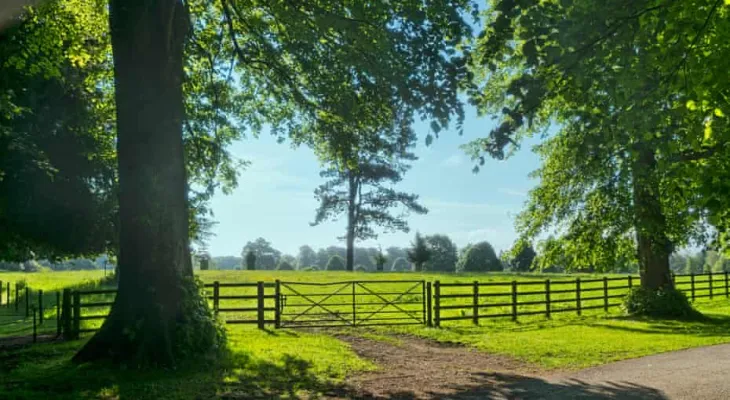
Limited Access to England's National Landscapes Sparks Concern among Activists
In a recent study conducted by the Right to Roam campaign, it has been revealed that many of England's breathtaking "national landscapes" remain largely inaccessible to the public. The research indicates that out of the 34 designated national landscapes, a significant portion—22, to be exact—have less than 10% of their area open to public access.
The government's decision to rename areas of outstanding natural beauty to national landscapes was accompanied by promises to enhance access to these natural wonders. This initiative was driven by the acknowledgment that these landscapes hold not only aesthetic appeal but also significant benefits for wellbeing.
Despite these intentions, the findings suggest a stark disparity between rhetoric and reality. While the National Landscape Association boasts that these areas are the UK's nearby countryside, with a high percentage of the population living within a short distance, the actual accessibility for recreational activities remains limited.
In comparison to the national average footpath density across England, most national landscapes exhibit poorer footpath access. The disparity becomes apparent when considering that the average footpath density in England stands at approximately 2km of public rights of way per sq km. Alarmingly, 22 out of the 33 national landscapes in England fall below this average, with six of them offering less than 1km of paths per sq km.
One notable example is the Cotswolds, where only 1.2% of the area is designated as access land. This restriction prompted protests at Cirencester Park, where entry fees were recently introduced, leading to a reduction of freely accessible land by over a third.
The origins of these designated areas date back to the mid-20th century when areas of outstanding natural beauty were established alongside national parks. While these landscapes were deemed worthy of preservation due to their beauty, they often fell short in size or wilderness compared to national parks. Notable examples include the Chiltern Hills, Norfolk coast, Mendip Hills, and Wye Valley.
The disparity in access extends beyond just footpath density, as some areas have minimal land available for public use under existing legislation. For instance, the Lincolnshire Wolds only offer seven hectares for public access, while others, like the North Pennines, boast significantly more accessible land.
Unlike Scotland, where a right to roam allows for extensive access across the countryside, England, Northern Ireland, and Wales have more restricted access policies. Efforts to expand access, such as the right to roam bill proposed by Green MP Caroline Lucas, have faced challenges in gaining traction within Parliament.
In light of these findings, advocates from the Right to Roam campaign emphasize the need for comprehensive access reform. They argue that the current exclusionary model fails to provide equitable access to England's natural landscapes and call for a system that prioritizes connectivity and clarity, akin to approaches seen in Scotland and Scandinavia.
As concerns over limited access to England's national landscapes continue to mount, activists urge policymakers to prioritize the public's right to roam and ensure that everyone can enjoy the natural wonders that surround them.

















